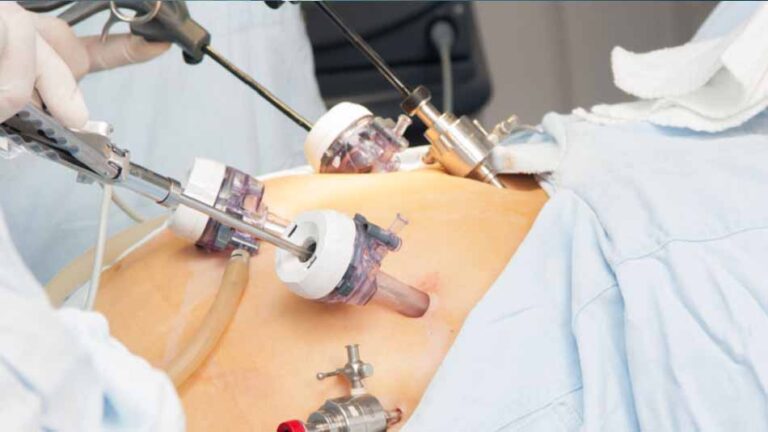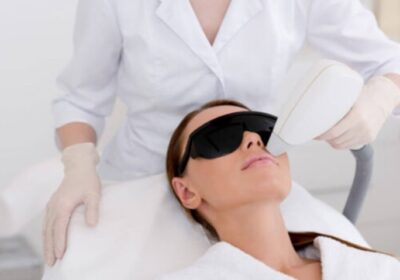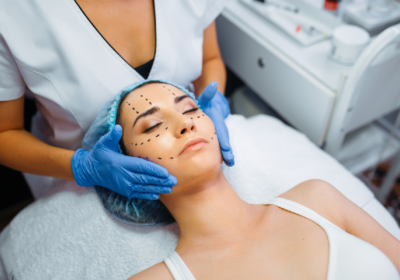
Demystifying Hyperpigmentation Treatment: Pathways to Even-Toned Skin
Hyperpigmentation is a common skin condition that occurs when certain areas of the skin become darker than the surrounding skin tone. It is caused by an overproduction of melanin, the pigment responsible for giving our skin its color.
In this article, we will delve into the different types of hyperpigmentation, explore the various causes behind its occurrence, and shed light on how Pico laser treatments, an effective hyperpigmentation treatment in Singapore offers a promising solution for reducing unwanted skin discoloration.
Types of Hyperpigmentation
Melasma: This type of hyperpigmentation presents as symmetrical, brown to gray-brown patches on the face, often affecting the cheeks, forehead, bridge of the nose, and upper lip. Melasma is influenced by hormonal changes and is commonly seen in pregnant women (chloasma or “the mask of pregnancy”) or individuals using hormonal medications.
Sunspots (Solar Lentigines): Sunspots, also known as age spots or liver spots, are dark spots that appear on areas exposed to the sun, such as the face, hands, shoulders, and arms. They are more prevalent in older individuals and are directly linked to sun exposure over time.
Post-Inflammatory Hyperpigmentation (PIH): PIH occurs as a result of inflammation or injury to the skin, often triggered by acne, burns, cuts, or other skin conditions. The affected areas become darker than the surrounding skin during the healing process.
Freckles (Ephelides): Freckles are small, flat spots with varying shades of brown. They are usually genetic and are more common in fair-skinned individuals, appearing after sun exposure.
Causes of Hyperpigmentation
Sun Exposure: The primary cause of hyperpigmentation is excessive sun exposure. UV rays stimulate melanocytes, leading to an increase in melanin production, which subsequently results in dark spots or sunspots.
Hormonal Changes: Fluctuations in hormones, particularly during pregnancy or when using hormonal contraceptives, can trigger the development of melasma.
Inflammation and Skin Trauma: Any injury, inflammation, or trauma to the skin, such as acne, burns, or cuts, can lead to post-inflammatory hyperpigmentation.
Genetic Predisposition: Some individuals are more prone to developing hyperpigmentation due to genetic factors.
Skin Conditions: Certain skin conditions, such as eczema or psoriasis, may cause hyperpigmentation in the affected areas.
Medications: Certain medications, including some antibiotics and chemotherapy drugs, can cause hyperpigmentation as a side effect.
Pico Laser Treatments for Hyperpigmentation
Pico laser treatments have revolutionized the field of dermatology, offering a highly effective and advanced solution for various skin concerns, including hyperpigmentation. Pico lasers utilize ultra-short pulses of energy to target specific areas of the skin without causing damage to the surrounding tissues. This innovative technology effectively breaks down the excess melanin responsible for hyperpigmentation, leading to a more even skin tone and reduced pigmentation.
How Pico Lasers Work
Pico laser treatments work on the principle of selective photothermolysis. The ultra-short pulses of laser energy are delivered to the target area in picoseconds (trillionths of a second). This rapid and intense energy disrupts the pigment particles, shattering them into tiny fragments. The body’s natural processes then clear away these fragmented pigments, leading to a gradual lightening of the hyperpigmented areas.
Benefits of Pico Laser Treatments
Faster and More Effective Results: Pico lasers deliver energy in shorter bursts compared to traditional lasers, leading to more efficient pigment fragmentation and faster results.
Minimal Downtime: Pico laser treatments are non-invasive and require little to no downtime, allowing patients to resume their daily activities immediately after the procedure.
Versatility: Pico lasers can be used on various types of hyperpigmentation and are suitable for different skin types.
Stimulates Collagen Production: This hyperpigmentation treatment in Singapore not only reduces hyperpigmentation but also stimulates collagen production, improving overall skin texture and tone.
Safe and Precise: Pico lasers are designed to target specific pigment without causing damage to the surrounding skin, minimizing the risk of side effects.
The Treatment Process
During a Pico laser treatment session, the dermatologist or trained professional will cleanse the skin and provide protective eyewear. The laser device is then carefully passed over the areas of hyperpigmentation. Patients may experience a slight tingling sensation or mild discomfort, but the procedure is generally well-tolerated.
Conclusion
Hyperpigmentation can be a frustrating and distressing skin condition, but with the advancements in dermatological technology, there is now a promising solution available. Pico laser treatments offer a safe, effective, and non-invasive approach to reducing hyperpigmentation and achieving a more even and radiant complexion.
















